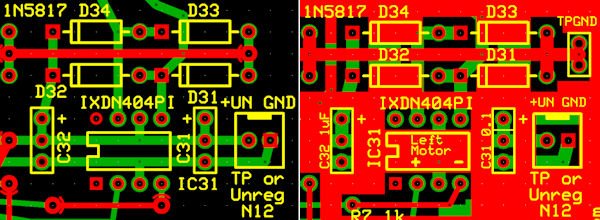Hmmm... Both tubes and SS generate odd and even harmonics. The harmonic structure is probably determined more by design and biasing than device; although there are intrinsic differences. Expanding the series for each device, you'll find bipolar transistors have an exponential characteristic, and tubes factorial, meaning fundamentally tubes have lower distortion. Ideal FETs have only 2nd-order distortion, but real FETs exhibit higher-order products that trend toward exponential when running at high power. In practice, tube preamps often have distortion comparable to SS, while tube power amps have much more, limited primarily by the output transformer (I think). Tube amplifiers typically have much (orders of magnitude) higher output impedance, making them more sensitive to the load (that would be your speakers).
Tubes also (usually) have less gain and higher noise, are not as stable over temperature and supply voltage, and of course are much more sensitive to vibration. Tubes often have much higher voltage headroom. Transistor circuits are often differential, which tends to cancel even harmonics, whilst most tube circuits are (or were, I have not looked in a while) single-ended and thus exhibited more even-order harmonics. That means in many tube circuits second harmonic distortion dominates, while in transistors third-order. Many attribute tube's more pleasing sound to this facet of tube amplifier design. It would be interesting to tweak some of my simulations and generate sound files so people could hear the difference. Another facet in tube amplifiers is that tube circuits tend to clip more "softly" than transistor designs for a variety of reasons.
Tube circuits often have less global feedback than transistor circuits; I am not sure exactly how much audible difference this makes. I am well aware of the claims, less sure of the reality; a lot of amplifiers of either type appear to have feedback factors in the 20 dB or less range, but that is a foggy memory of some analysis done decades ago so I could be way off. A lot depends upon the topology of the gain stages, natch.
I dunno', I miss the sound of my tube gear but know by and large it was much less accurate than my SS gear, especially the power amps; I measured around 0.5% to 1% from my ARC D-79 driving my Magnepans, IIRC it was 5% or more driving a pair of B&W 801s. Again IIRC the Krell and ML I had for comparison were well under 0.05% at the same SPL level. In contrast, I measured the THD of my SP3a1 (tube preamp) at one time and it was vanishingly low, well under 0.005% at 2 Vrms output.
IMO, circuit topology accounts for much of the tube vs. SS sound in preamps, and output impedance much of the difference for power amps. I built a differential tube preamp once that was criticized for being too SS, and a single-ended transistor preamp people thought had tubes in it.
Random thoughts - Don



















